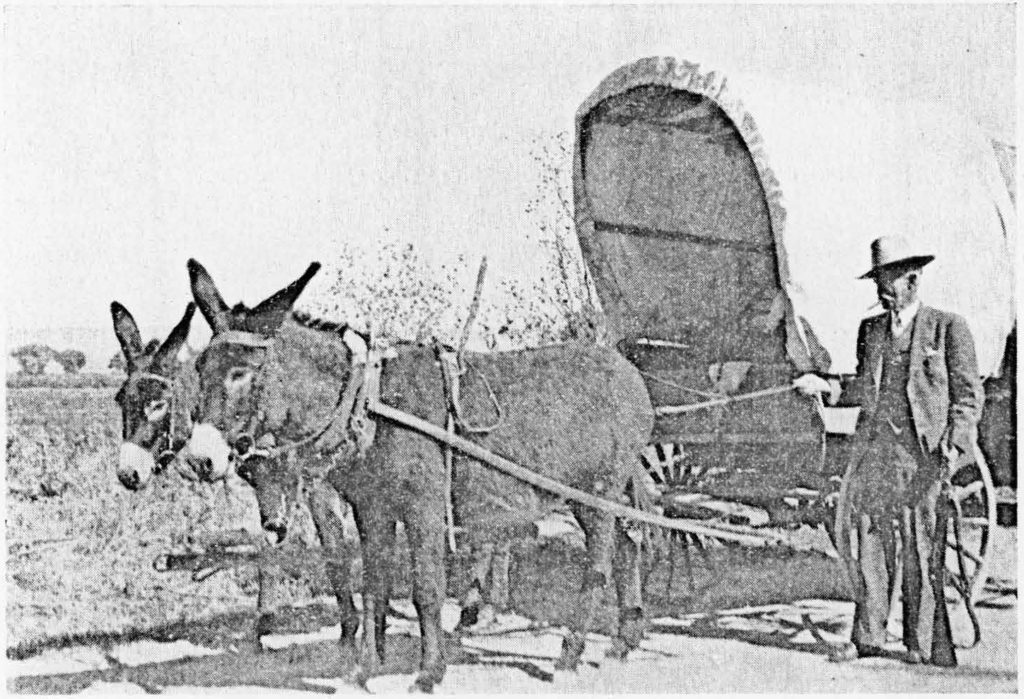Yesterday: Good Roads Aid Human Progress
Summer 2020
This story first appeared in the January 1936 inaugural issue of Nevada Highways and Parks.
BY FRED GREULICH
The desire for good roads and highways is not a new one. As soon as man discovered the wheel and its possibilities, immediately he yearned for good roads, and, step by step, secured them.

As civilization of the race progressed, man, with the newly found method of transportation, saw the necessity of changing conditions to suit the new discover.
He realized the value of a better path for his wheel. That was really the birth of the good roads movement.
Little, however is recorded in history concerning the early phases of development of the forerunners of our modern motor cars.
Historical records do reveal that as early as 2000 B.C. the streets of Bablyon were paved, but the methods used have been lost in antiquity.
The Romans, under Caesar, never heard of gasoline powered rock crushers: the Egyptians of old wasted much energy because they had no motor trucks to haul stones to their pyramids: and the Babylonians lacked concrete mixers. Yet history, strange as it may seem, recites the fact that the romans stone paved their highways in such substantial manner they have withstood the wear of centuries and are found to have been the most solid road structures in any age.
History further speaks of a magnificent Egyptian road, built to assist in the construction of one of the world’s greatest wonders —the Pyramid of Cheops.
The world is still puzzled to know how the ancients moved the immense stone slabs to the site of these great tombs, then piled them, tier on tier, to dizzy heights, marking the final resting places of their notable leaders.
Farther down the corridors of history, in America during pre-Revolutionary days, Indian trails provided the only means of travel for many years.
It is traditional lore that man of the streets of modern Boston were originally cow paths. Gradually the cow paths were improved and developed into post roads, streets, and highways. To this day the wanderings of the cows of Continental times are still to be noted in some of the tortuous street courses of New England’s metropolis—with the difference they are now paved. That early desire brought good roads, and today the roads all over New England prove a delight to the traveler.

As the population moved inland from the Atlantic seaboard the Indian trails leading westward were widened for the use of the ox-drawn and horse-drawn wagons. They could scarcely be called roads for they long remained in an intolerable condition. Rains and melting snows produced quagmires through which even the ox-drawn carts found difficulty in passing. A ten-mile journey, in those days, in the ruts and through he mud, was indeed a strenuous task.
Necessity thus brought about the construction of a new type of road. By felling trees, dragging them to and placing them across the muddy pathways, then allowing the timber to settle and sink in the mud, the Nation’s pioneers produced a “corduroy” road. This method eliminated the ruts and deep mud, but produced a bumpy road surface. It was an improvement over the old type of road was used in many sections of the East for many years.
The first attempt to build a highway of any considerable distance was made in 1806 when Congress appropriated funds and began building the National Pike or Cumberland Road. This stretch of highway ran from Washington, D.C., to St. Louis, Missouri, a distance of 800 miles, and cost the government $7,000,000. It was indeed a lasting achievement. In our own day it forms the easter section of Transcontinental Highway no. 40, the northern route across Nevada.
There is, however, a vast difference between the old Cumberland Road and Highway No. 40. The desire for better roads has brought about this and many other changes.

